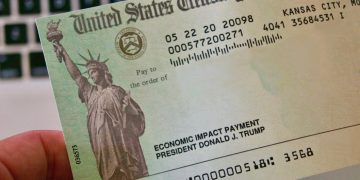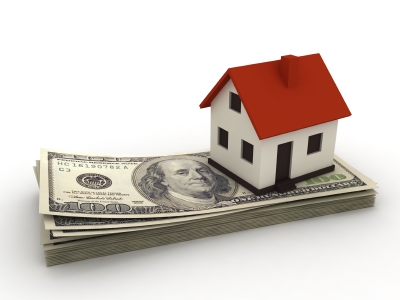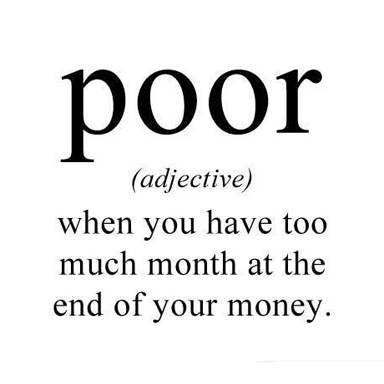In case you didn’t hear, mortgage rates are on the uptick as of the end of last year. The popular 30-year fixed-rate mortgage rose to 4.32 percent in following the Christmas holiday. It has been as low as 4.01% at the same time one year ago.
However, mortgage rates remain at pretty low levels, making it a prime time to refinance, assuming you haven’t done so already. Of course, it only makes sense to refinance if you’ll actually some save money, but figuring that out takes a little bit of legwork. First, you’ll need to gather some information, including your current interest rate, the remaining term of your mortgage, the term on your proposed refinance loan, and estimated closing costs.
Let’s look at an example:
- Loan amount: $250,000
- Current mortgage: 5/1 ARM
- Current mortgage rate: 6.2 percent
- Remaining term: 240 months
- Refinance mortgage: 30-year fixed at 4.75 percent
In the scenario above, your current monthly mortgage payment would be $1,539.29. Assuming you refinanced into the 30-year fixed mortgage at 4.75 percent, your monthly payment would fall to $1,304.12, a savings of roughly $235. Not bad, right?
Well, you also have to factor in income tax implications and closing costs (unless it’s a no-cost refi). But let’s assume you pay a 1 percent loan origination fee ($2,500) and another $1,250 in closing costs. That $3,750 sum is the cost to refinance. Using simple math, without the impact of tax and remaining term, it would take about 16 months of making lower payments to recoup that $3,750. So you wouldn’t see much a benefit until then–but the longer you stayed with the refinanced mortgage, the more you would save. Fortunately, there are refinance break-even tables available for free online that do all the math for you.
A few other considerations to ensure refinancing actually makes sense:
Our example included a 5/1 adjustable-rate mortgage, meaning it’s fixed for five years, and then adjusts annually for another 25 years. If mortgage rates are expected to rise over time, that rate could adjust much higher than the current 6.25 percent, making it even more sensible to refinance into a lower fixed-rate mortgage today.
But how long do you plan to stay in the home and/or with the mortgage? If you only think you’ll be in the home for a few more years, it might make sense to stick with what you’ve got. And if mortgage rates happen to fall further, you may want to refinance again in the near-term future, so refinancing now wouldn’t be as favorable.
Also note that the mortgage rates you see advertised online and on TV may not be the actual rates you receive, due to the complexities of mortgage underwriting. That’s why it’s imperative to prepare yourself prior to applying for a mortgage, now more than ever, because banks and mortgage lenders have made qualifying for a mortgage much more difficult.






















